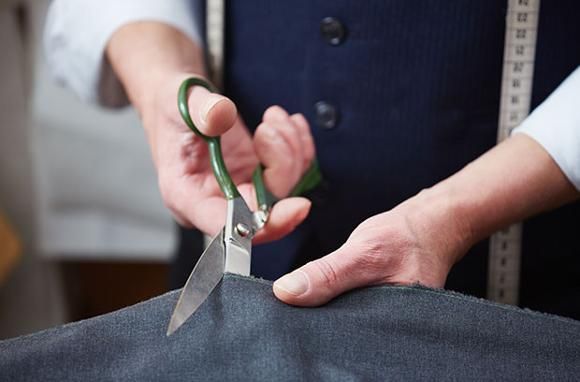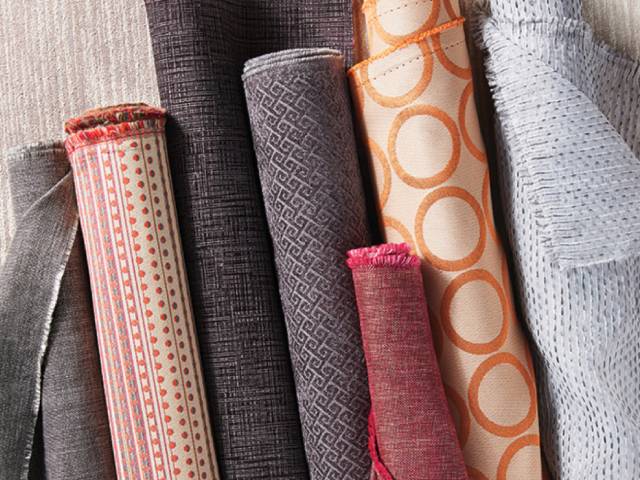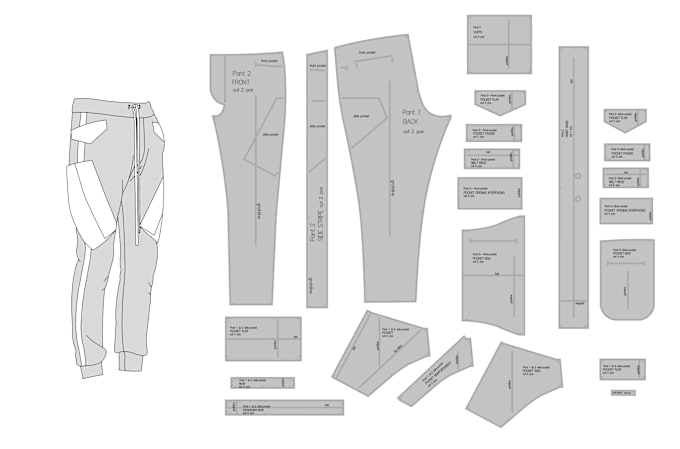
Cutting Process
Material Preparation:
Select appropriate fabrics based on garment type and design requirements (e.g., cotton for shirts, denim for jeans).
Lay out fabric layers and ensure they are flat and free from wrinkles to facilitate accurate cutting.
Pattern Placement:
Position paper patterns on the fabric according to size specifications and cutting markers.
Pin or weigh down patterns securely to prevent shifting during cutting.
Cutting Techniques:
Use sharp fabric scissors or rotary cutters to cut along the pattern outlines precisely.
Follow seam allowance guidelines specified in the pattern to maintain consistency and facilitate sewing.
Detail Cutting:
Cut additional pieces such as interfacing, linings, and trimmings as per pattern instructions.
Ensure all components are accurately cut to maintain uniformity across the garment.
Sewing Process
Preparation and Setup:
Thread sewing machines with appropriate threads matching the fabric type and color.
Prepare necessary sewing tools such as pins, needles, and measuring tapes for assembly.
Assembly Steps:
Begin sewing by aligning fabric pieces according to pattern instructions, starting with major seams.
Use straight stitches, zigzag stitches, or serger stitches depending on the garment's structural requirements.
Seam Finishing:
Finish raw edges of seams with techniques like overlocking, pinking, or French seams to prevent fraying and enhance durability.
Press seams flat with an iron to ensure a neat appearance and smooth garment fit.
Detailing and Embellishment:
Attach closures such as buttons, zippers, or snaps to complete functional aspects of the garment.
Incorporate decorative elements like topstitching, embroidery, or appliqu�s as per design specifications.
Quality Control
Fit and Functionality Checks:
Conduct fit assessments during sewing to ensure the garment aligns with size and comfort expectations.
Make adjustments as necessary to enhance fit and ease of movement for the wearer.
Final Inspection:
Inspect completed garments for stitching accuracy, seam strength, and overall construction quality.
Address any discrepancies or imperfections through re-sewing or finishing techniques before final presentation.
Conclusion
Cutting and sewing boys' clothing require attention to detail, skillful handling of materials, and adherence to precise patterns. By mastering these processes, manufacturers and artisans can produce high-quality garments that meet both aesthetic standards and functional needs for young boys' fashion.




